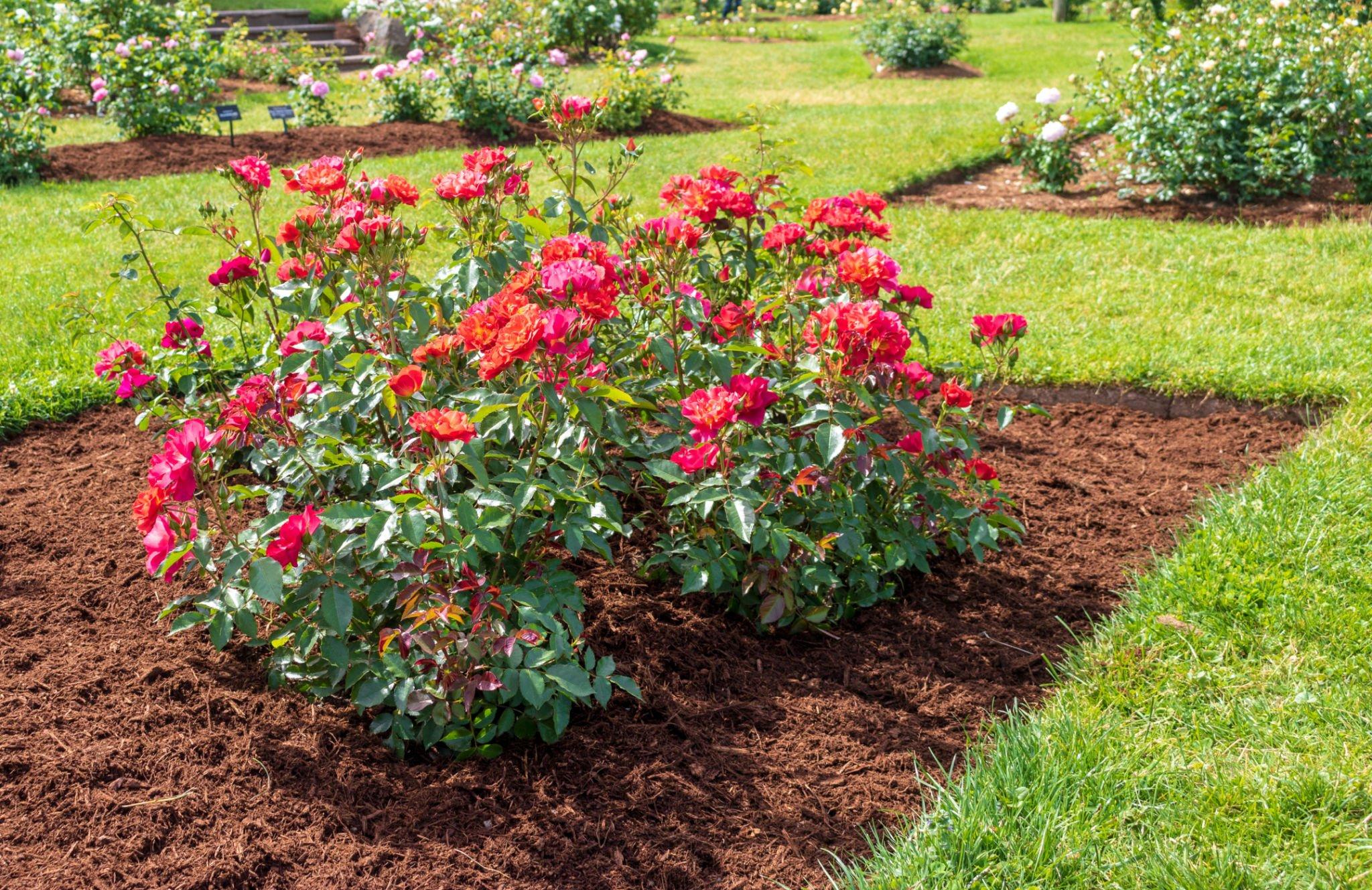In February, love is in the air, and love becomes associated with flowers somewhere along the line. Here's a fun fact for you: did you know that florists do 25 % of their annual business on February 14 every year? A quarter of a year's money in one day! We're not here to rain on the cut flowers parade, but how about getting some flowers that last a little longer? Planting annual flowers and mulching around your flower beds bring beauty long after cut flowers have withered and left nothing but dirty water in a vase. And with some help from Southern Love, your Leander flower beds can bring you joy all season!
Annuals vs Perennials
 Many of the brightest flowers you see in the store are annual varieties. But, contrary to anyone with a yearly celebration, annuals don't return yearly. Instead, annual flowers last a season or two, then die, rarely sticking around through the winter.
Conversely, perennials return around the same time every year. They are a great way to anchor your garden and often still provide some life and color during the winter.
Many of the brightest flowers you see in the store are annual varieties. But, contrary to anyone with a yearly celebration, annuals don't return yearly. Instead, annual flowers last a season or two, then die, rarely sticking around through the winter.
Conversely, perennials return around the same time every year. They are a great way to anchor your garden and often still provide some life and color during the winter.
How to Use Annuals
Annuals are a beautiful way to add color and texture to your flowerbeds. So many people have favorite flowers that they plant every year, but part of the beauty of annuals is that they're easy to change out due to their transitory nature. These beauties can offer you a new garden every season! If you don't like how something looks one year, it's easy to have the next year be different. They're perfect for anyone who loves variety.Caring for Annual Flowers
The guidelines for caring for annual flowers are much like those for caring for any plants. You'll need the proper nutrients in your soil, water, sunlight, and mulch. The key is to know the specific amounts of each element necessary for the particular species of annual flower you've planted.Soil & Fertilizer
Testing the ph of your soil is an excellent start for preparing to plant new flowers. Knowing what your soil already has will enable you to correctly add what your fresh flowers need. Once we know the ph of the soil, we'll know how to amend it. Again, it's vital to know the specifics of what you're planting, but generally, annuals like a ph in the mid-6 range (6.3 - 6.7) and well-drained soil.Water
Well-drained soil doesn't mean zero water! Different plants need different moisture levels, so knowing your species is integral to keeping your annual flowers healthy. You should also pay attention to the precipitation, heat, and general weather since these can affect the water your flowers need. Of course, irrigation is the shortcut to getting your flowers the perfect amount of water. The ideal time to install a drip irrigation system is when we're installing your new garden bed!Mulching
 Mulching your flower beds is essential for their health and helps your perennial and annual flowers in many ways. Firstly, mulching creates a weed barrier. Any weeds that do come through will be evident against the background of mulch.
Of course, the mulch isn't just practical, though. The backdrop of mulch adds a stunning backdrop for your flowers in addition to making the appearance of weeds more obvious.
Finally, mulching also acts as an insulator during the warmer and cooler months. That's less important to your annuals in the winter because they will have died, but it helps them a lot in the summer! The mulch also helps your flowers retain moisture when the sun beats down.
Mulching your flower beds is essential for their health and helps your perennial and annual flowers in many ways. Firstly, mulching creates a weed barrier. Any weeds that do come through will be evident against the background of mulch.
Of course, the mulch isn't just practical, though. The backdrop of mulch adds a stunning backdrop for your flowers in addition to making the appearance of weeds more obvious.
Finally, mulching also acts as an insulator during the warmer and cooler months. That's less important to your annuals in the winter because they will have died, but it helps them a lot in the summer! The mulch also helps your flowers retain moisture when the sun beats down.
 nikk@southernlovelandscaping.com
nikk@southernlovelandscaping.com
